Choose the right hammer (or acid) for the job
I’m a sucker for a good analogy. I’ve been using the hammer and acid analogy for a while now, and every time I do, the mirror image between the two sharpens a bit more. At a glance, acidic cleaners and hammers may not have much in common, but stick with me for a minute and I think you may walk away with a better understanding of both.

Jake Boyer
PROSOCO Business Unit Leader
Clean & Protect Group



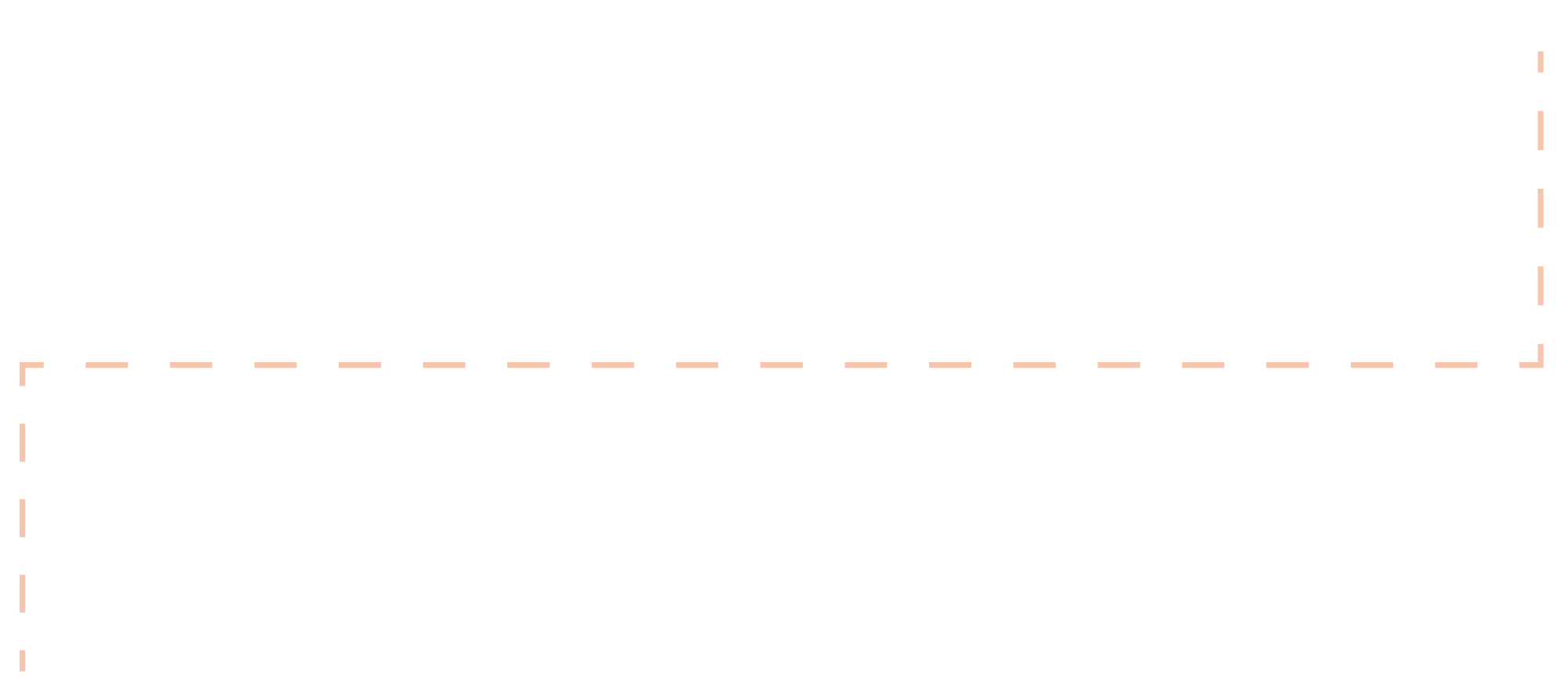
Just like hammers, there’s a reason for the huge variety of acidic masonry cleaners available today: They’re each designed for the specific variables that exist in any given masonry cleaning scenario. Depending on your scenario, one acidic masonry cleaner can be the best, most efficient and safest one to use, while the wrong cleaner can cause irreparable damage. While you probably could use one cleaner for most jobs, it’s certainly not the safest, nor most efficient way to go about it, much like using only one hammer for everything isn’t the best for every task on a jobsite.
First, let’s talk about hammers.
The force of a hammer is in the head, but without a handle, a hammer would be fairly useless. The handle is where it all begins. Handles can come in different lengths, materials, weights and designs. Each handle type is expertly paired with the most suitable head for the task at hand.
Much like the handle, the head of the hammer comes in various designs and styles. Some may have a waffled head for more traction on the strike surface, others may feature a rounded smooth head, or even a sharp point for very specific jobs. Some are essentially solid blocks intended for maximum destruction.
The point is – there’s a unique demand and purpose for each one. The hammer selected by someone building fine furniture will not be the same hammer selected for a day of concrete demolition. The hammer selected for bending and shaping metal panels in a body shop wouldn’t be selected for stick framing a wall on a new house.
Framing hammers, ball peen hammers, finishing hammers and sledge hammers – all have a different design suited for a pretty narrow purpose, much like the variety of acidic, new construction cleaners.
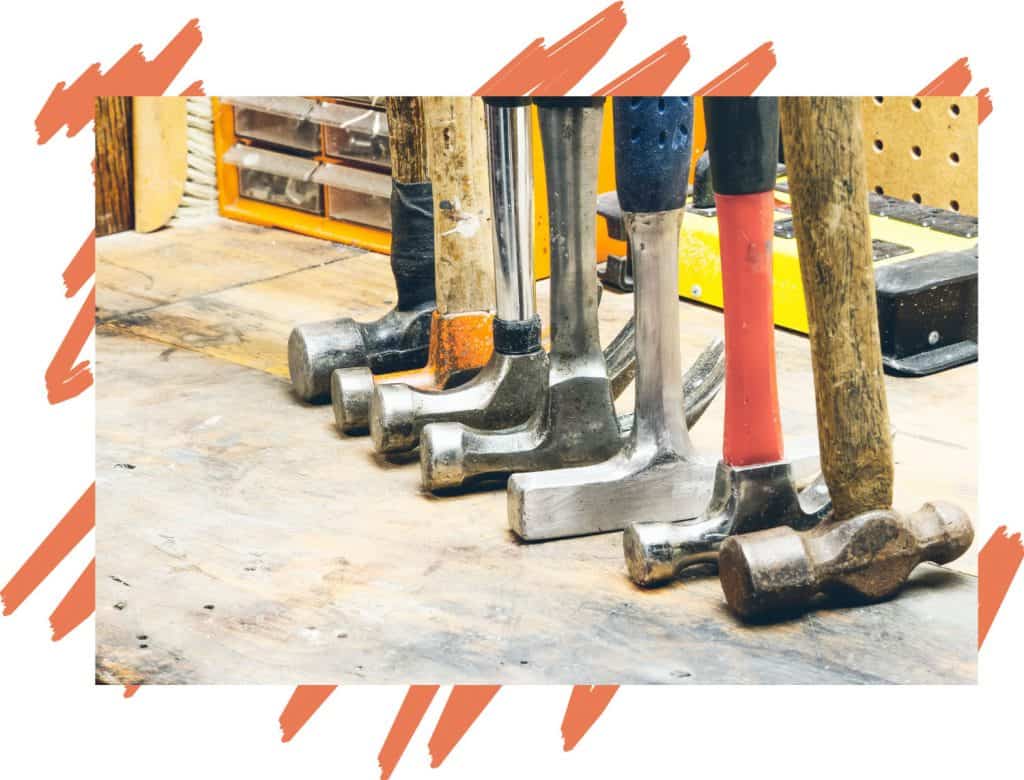

Now let’s take a look at acids.
Now let’s take a look at acidic masonry cleaners, which are also available in a number of types and combinations. If you’re like a lot of folks, you might think of an “acid” as something with enough potency to dissolve anything it comes into contact with. Don’t get me wrong, there are acids that will do that, but there are also acids that decaffeinate our coffee, clean our bathrooms and allow our stomachs to digest food. Much like the handle of the hammer, the underappreciated aspect of acidic masonry cleaners is all the other components that buffer that acid and allow it to work in the safest and most efficient manner. My point is that all acidic masonry cleaners are not the same.
Like hammers, there’s a “right” combination of acids and buffering agents that can do the job efficiently and safely, and there’s a “wrong” combination, or lack thereof, of acid and additional buffering components that can cause irreparable damage. While you probably could use one for all tasks, it’s certainly not the safest and most efficient way to go about it. Anybody who really knows what they’re doing will have a variety of acidic cleaners/hammers available to meet the needs of each job.
If you’re trying to chisel a small corner off a piece of stone, do you start with a sledge and attempt to piece the stone back together after you’ve shattered it?
At PROSOCO, we like to apply the Hippocratic Oath to masonry cleaning: First, do no harm. That’s why we always recommend starting with the mildest cleaner at the mildest dilution and increasing the strength as necessary. It’s much easier to increase the strength than to go at it too hard from the start and backtrack.
If you’re trying to chisel a small corner off a piece of stone, which approach would you take?
Start with a small hammer and increase to a larger hammer until you find one that does just enough?
Or
Start with a sledge and attempt to piece the stone back together after you’ve shattered it?
Make sense?
Here’s how I like to think of our hierarchy of new construction, acidic masonry cleaners compared to hammers.

The Finishing Hammer
Light Duty Concrete Cleaner
The finish hammer (also known as tack hammer) has a lightweight steel head, rounded on one side and smooth and flat on the other, a short, well-balanced handle that’s gripped mid-handle for maximum balance and control. Designed for fine detail work, not demolition. The equivalent acidic new construction cleaner would be a product like PROSOCO’s Light Duty Concrete Cleaner, very effective on a variety of sensitive substrates, but not intended for the heavy stuff. Sure it could do it with enough force/concentration, but it’s not what it’s designed for, nor is it the most effective method.
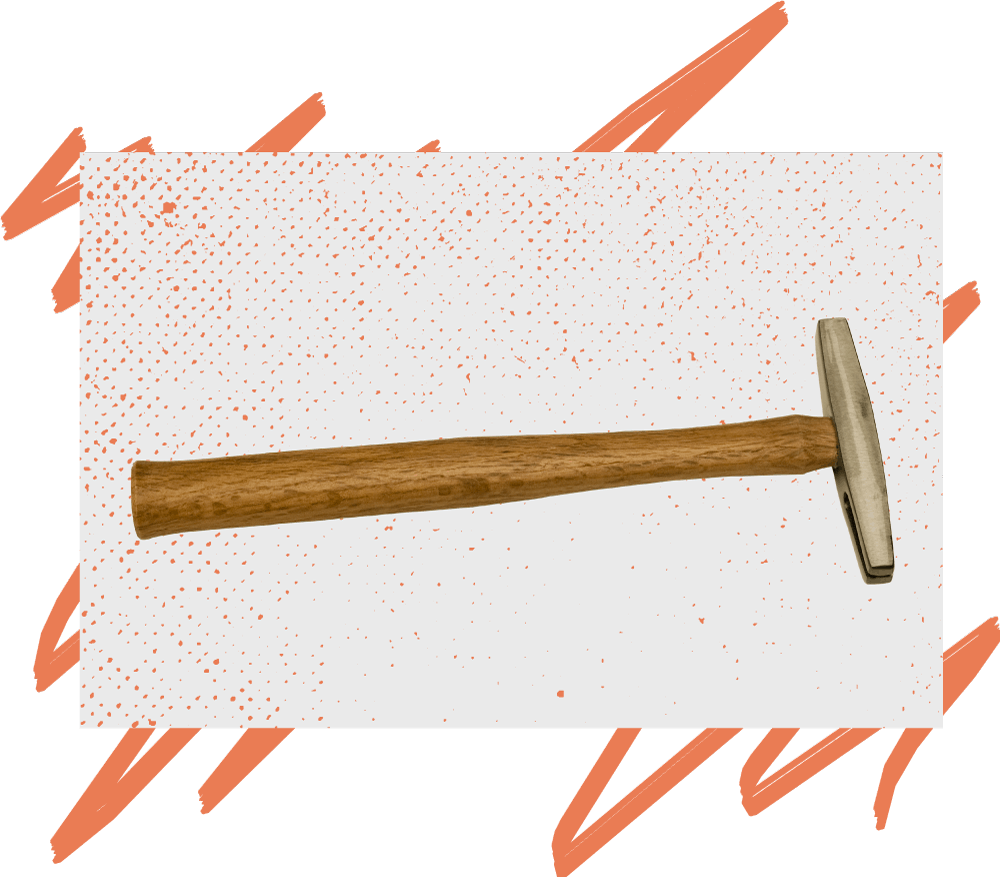
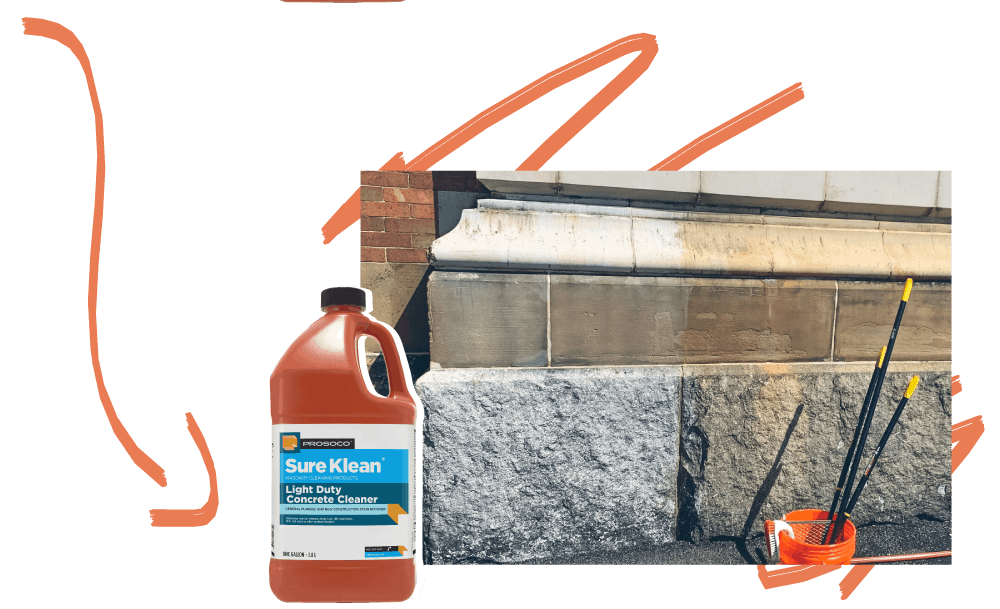

The GENERAL-PURPOSE HAMMER
Vana Trol
The next hammer is the slightly larger, general-purpose hammer with magnetic nail starter, basic claw, lightweight but strong steelhead, and ergonomic, balanced handle. Intended for a variety of tasks, but not the best option for fine furniture, nor demolition work. I liken this hammer to PROSOCO’s Vana Trol, which has plenty of power to get a variety of jobs done safely and effectively, but also has those specialty buffering components protecting sensitive color deposits and natural elements. Sure, you could do the super sensitive work with enough caution, or the demo with enough force, but again, not the most effective.
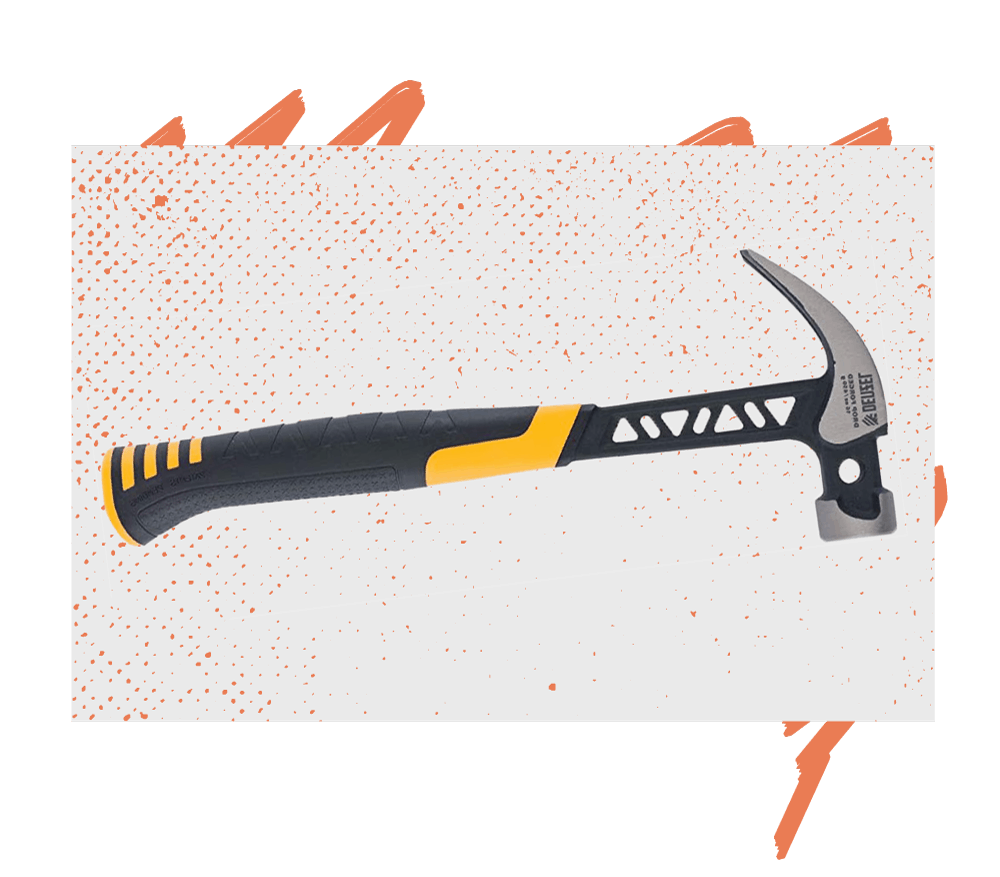
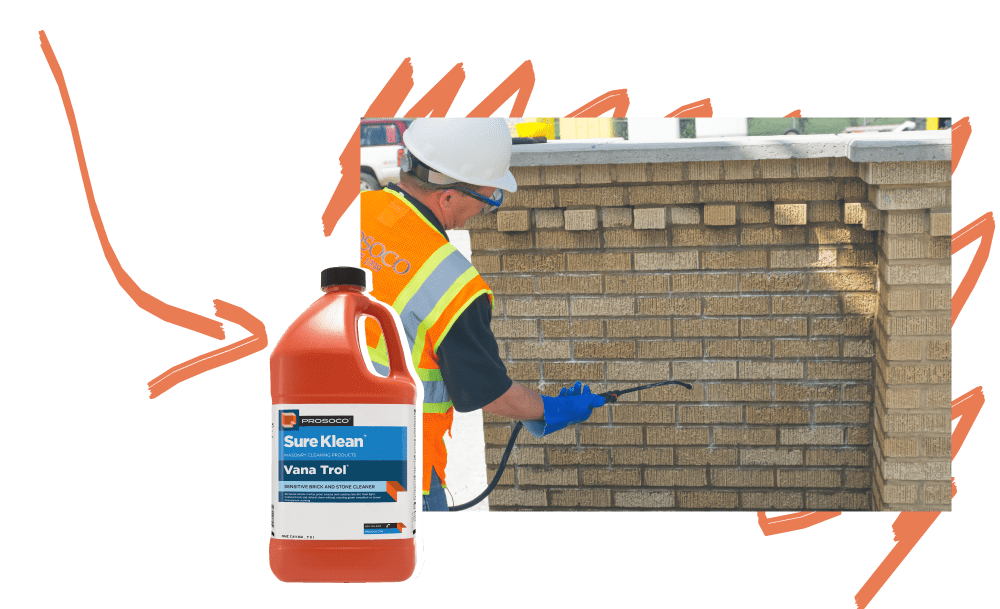

The Framing Hammer
600
Next up is the basic framing hammer. This one has a steel head, straight claw, and a balanced wood handle. It was a couple bucks cheaper than the fancy general-purpose hammer noted above, but it doesn’t have some of those specialty features like the ergonomic handle or magnetic nail starter. This is where products like our 600 land. Used in the right situations, it gets the job done safely and effectively, but probably not the best choice for the more delicate stuff.
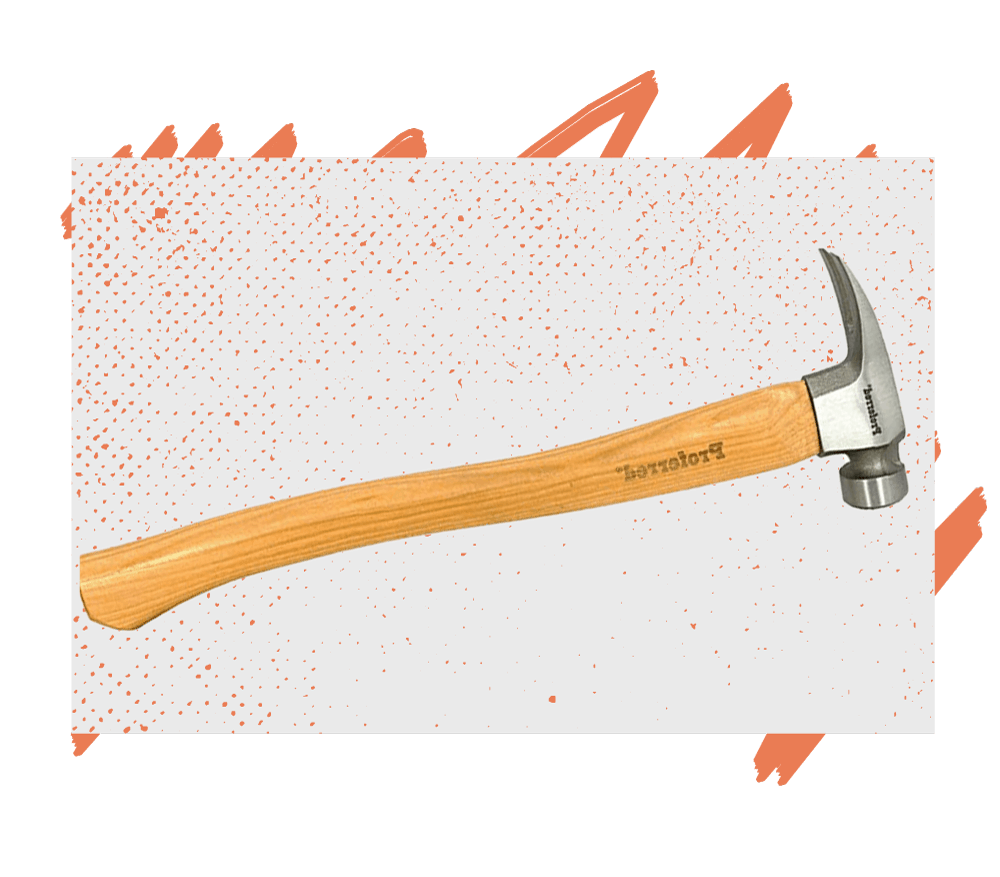
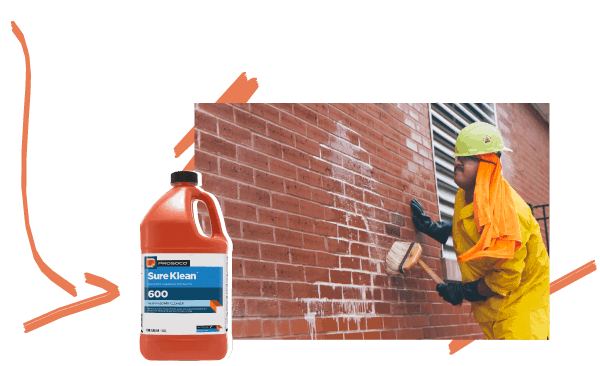

Mini Sledgehammer
Custom Masonry Cleaner
After the framing hammer comes the mini sledge. Its 6-pound steel head is flat on one side and has a straight pein blade on the other for special circumstances. Its medium-length handle provides enough power to be as aggressive as you probably need to be, but still provides a level of control so it doesn’t get away from you. This would be our Custom Masonry Cleaner. It’s a workhorse when you need to get it done, but should be avoided for the sensitive stuff. I wouldn’t use a mini sledge hammer for framing or cabinet installation, but Custom Masonry Cleaner is your go-to cleaner when you’ve got a tougher task at hand like heavily stuck mortar smears on concrete block.
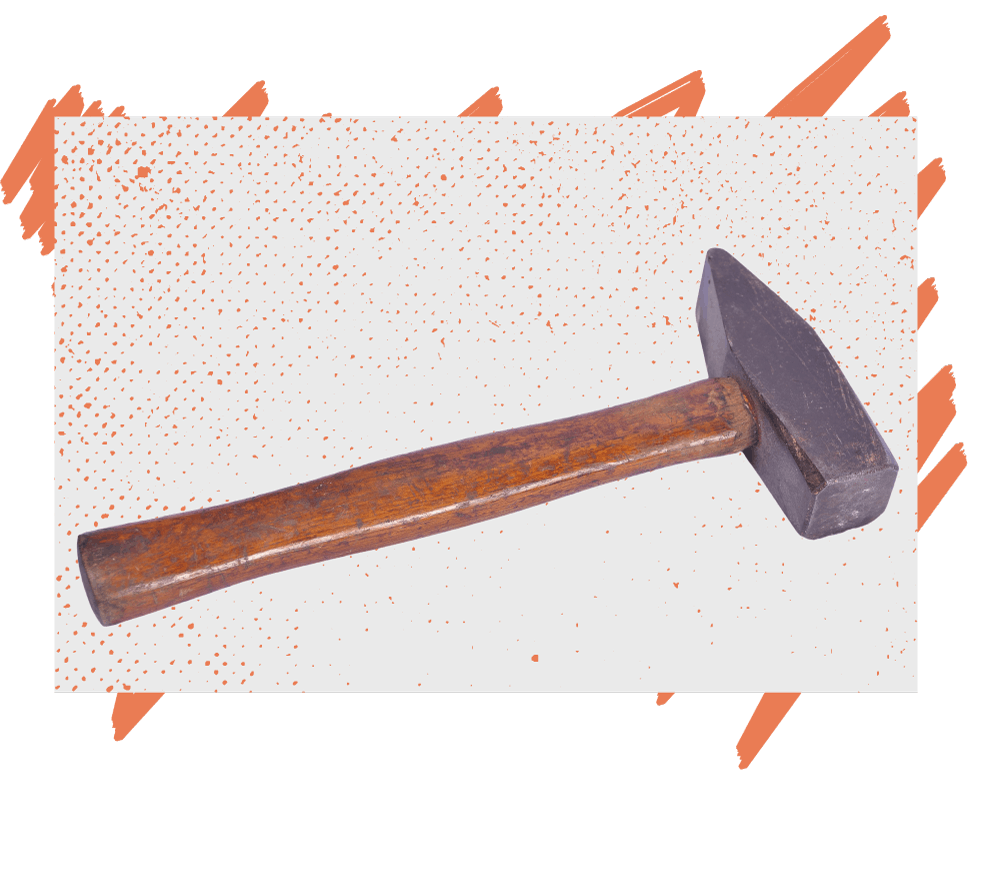
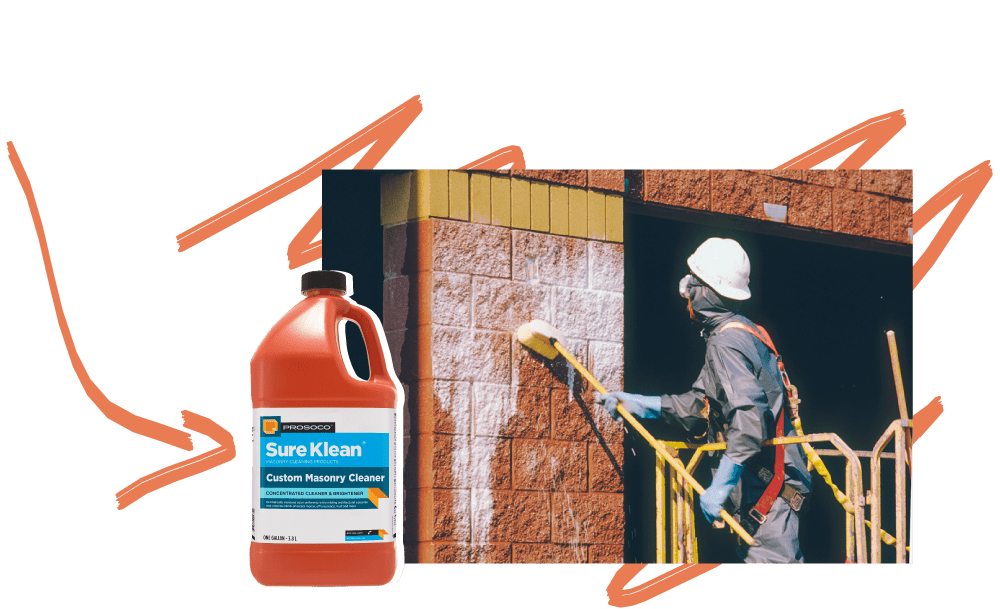

12-Pound Sledgehammer
Heavy Duty Concrete Cleaner
Finally we’re down to the 12-pound sledgehammer. This is the big boy with nothing but a block head on it and a long, heavy handle. If used incredibly carefully, it could be used without collateral damage, but it’s really not intended for the detail work. This would be our Heavy Duty Concrete Cleaner, used to dissolve heavy, aged mortar; etch concrete; and remove heavy staining. Unless that’s your goal, you should probably refer to the hammer/acidic masonry cleaner intended for your use.
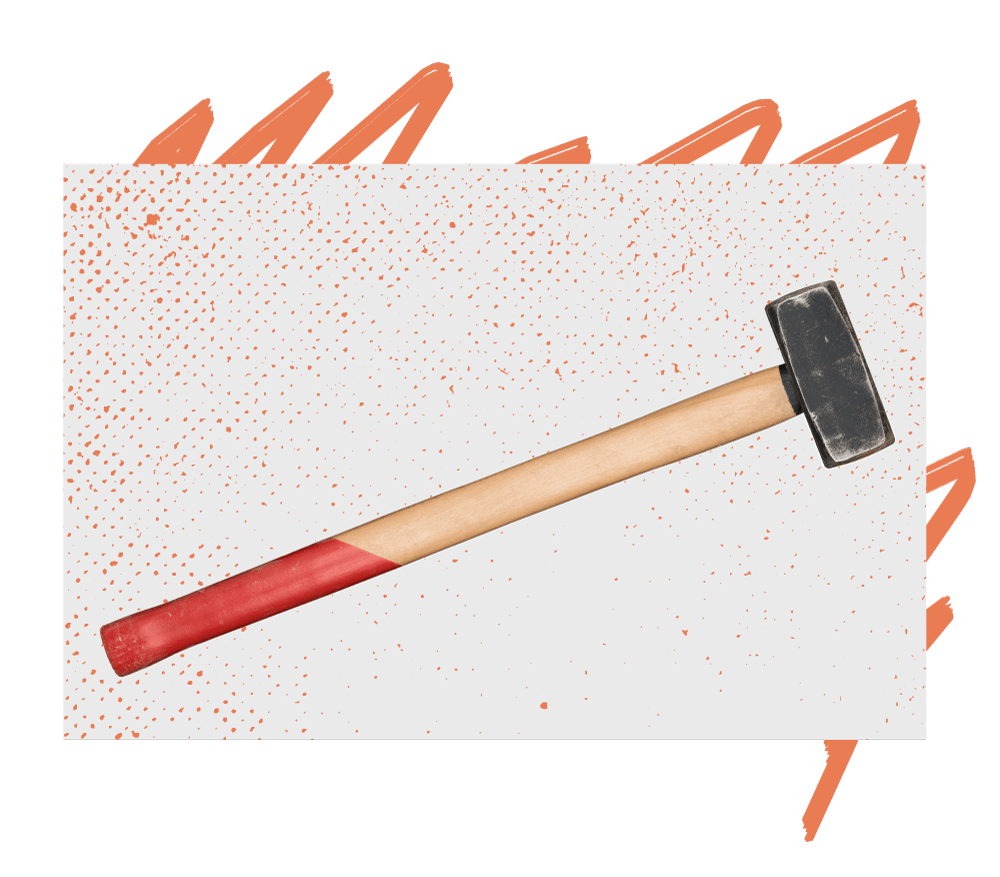
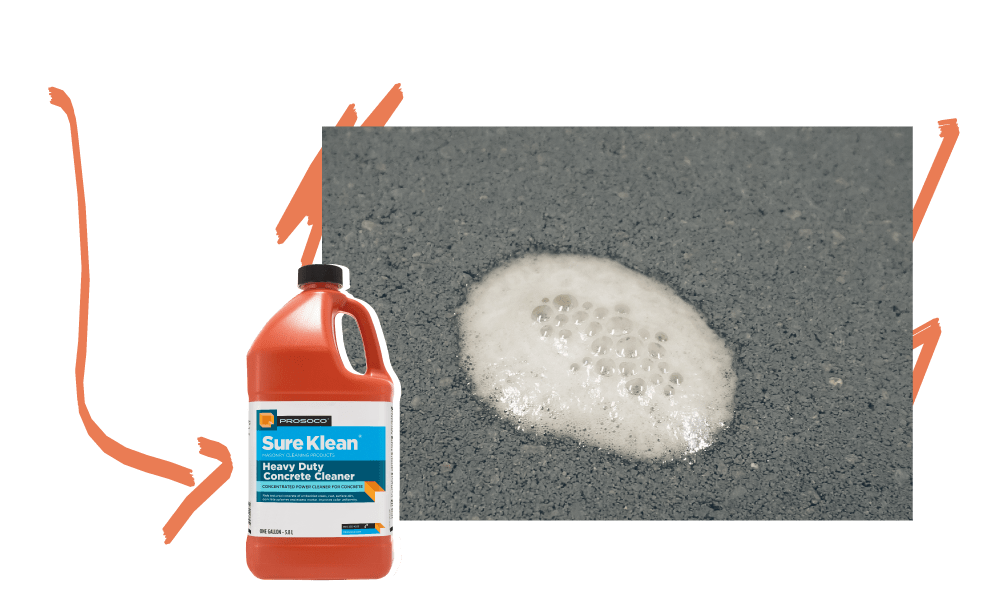

Jackhammer
Muriatic Acid
Last but not least is the Jackhammer. This one has no place in construction, only destruction and is equivalent to the common muriatic acid. Just like a jackhammer isn't intended for building anything, muriatic acid is never the best choice for masonry cleaning and should be left in the truck unless the goal is to destroy things.
Moral of the story is, just like hammers, acidic masonry cleaners have a very specific purpose. While they could be used for a wider range of tasks than they were built for, you’ll likely be making the job much harder than it has to be and decreasing your margin for error.
Just one more reminder that, just because you can doesn’t mean you should.
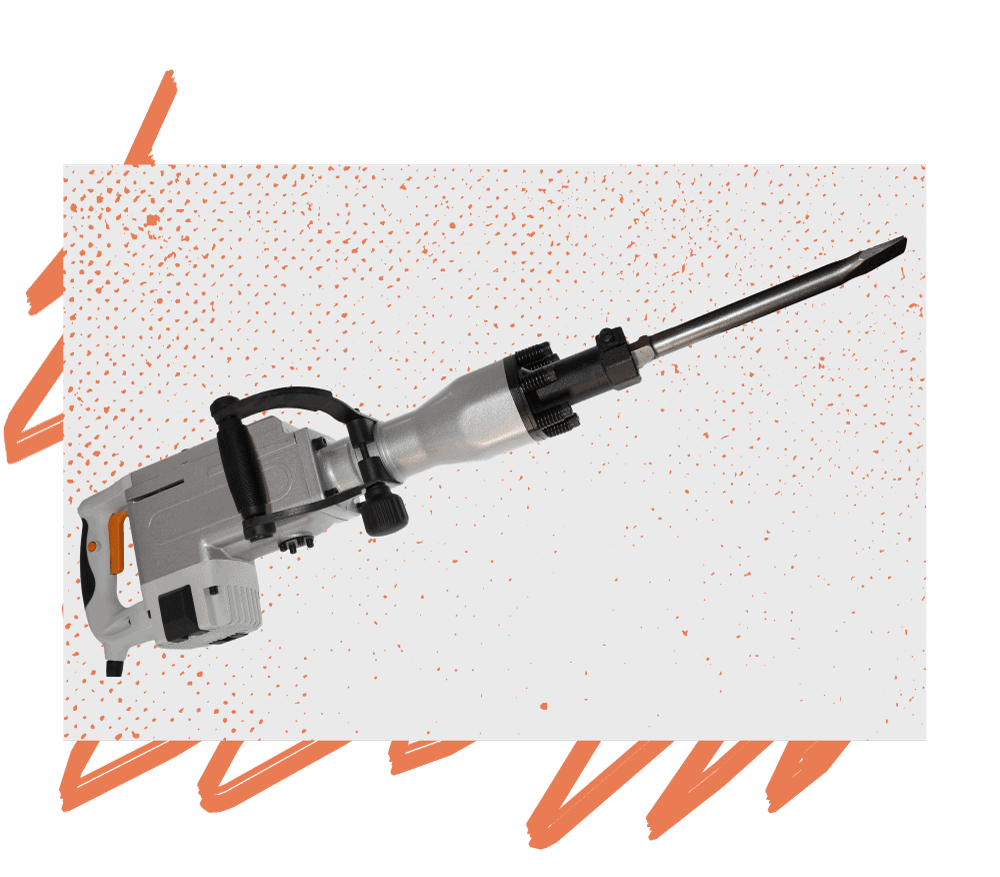
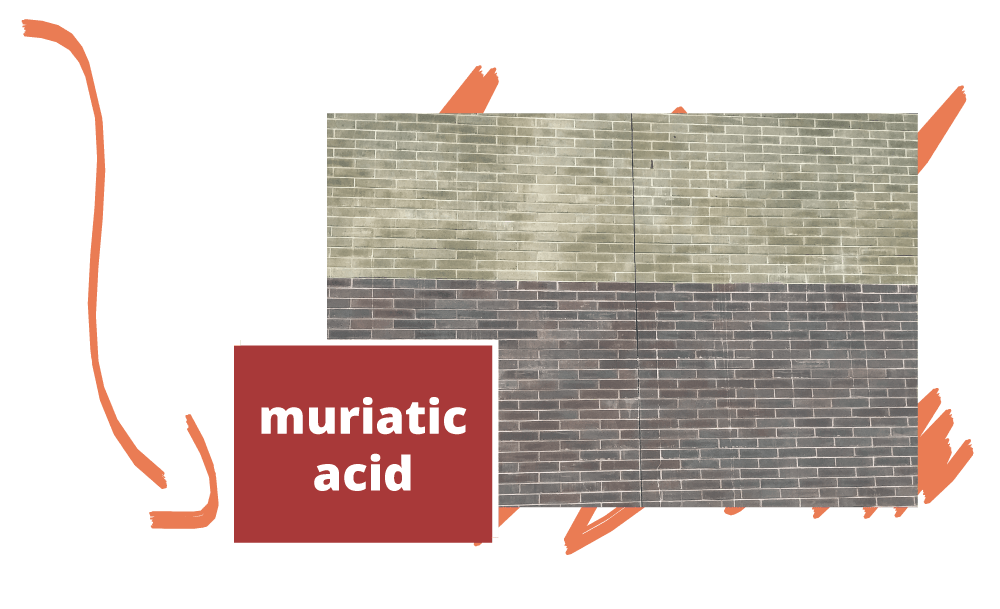
The muriatic acid that was used to remove excess mortar from this masonry caused irreparable damage to the facade.